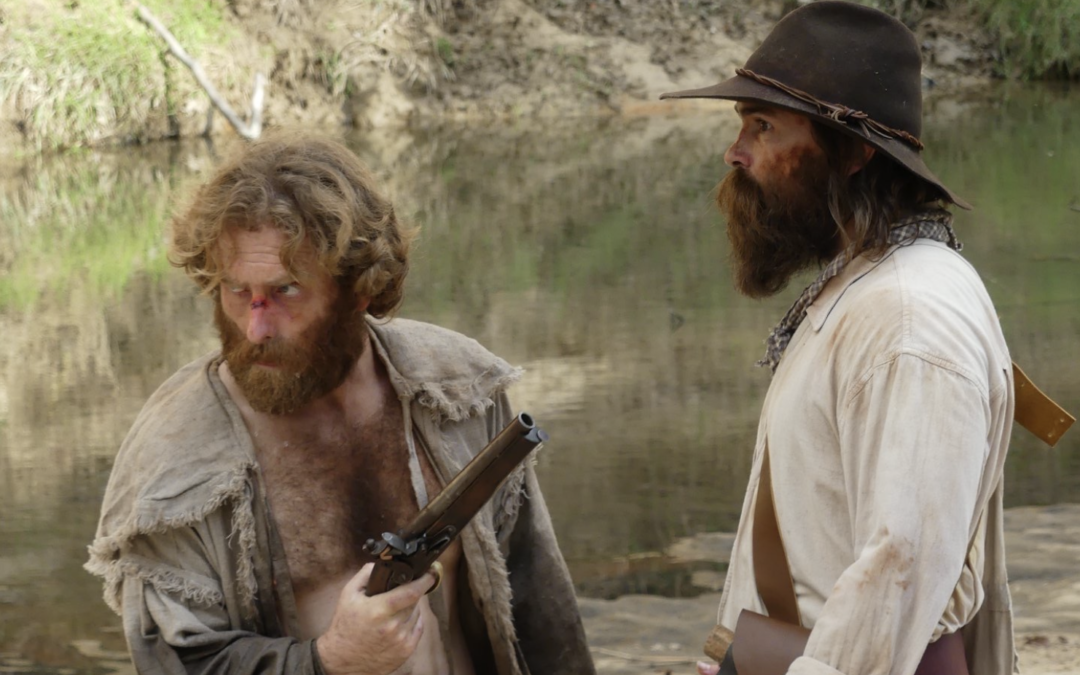Over the next few weeks, I’ll share some of my philosophy for acting and a few key principles I look for when casting or choosing to work with someone again.
2. Full Body Performance
There’s a severe lack of physical awareness in acting today and it’s not just on the low budget level. Even the most praised actors from Hollywood undervalue the physical aspect of acting. I’m talking about communication through movement, body language.
Six months prior to filming a single scene for HEART OF THE GUN and long before I memorized any of my lines for my bad guy character, I was sitting on John’s back porch and told him, “I think this is how Dolan holds his head.” I demonstrated with my chin back, my eyes kind of rolling around as I regarded him. “He says everything like this.” I don’t think John really knew what I meant at the time but this physical position would end up informing everything about my character, from the way he thought about the world to the way he spoke. For another role years ago, I was playing a submissive character which is not my type. An actor friend suggested I study different ways to hold my shoulders. I followed his advice and adopted a victim-like pose. That was the secret I needed to transform and become the character.
According to a story Running Wild co-founder Gus Edwards told me, Marlon Brando donned his outfit for his Major Penderton character early in his preparation. He knew the military uniform would inform the way he performed. Perhaps more than any other actor, Brando might be the best case to study when it comes to body language. Just watch the way he moves in the scene from One-Eyed Jacks when he flips the poker table over and backs up across the room. He’s acting with every inch of his body. In other classic moments from On the Waterfront and Streetcar, Brando told us everything we needed to know about his character with the most simple, improvised movements.
Most of the actors I’ve worked with have no awareness of their body. They act with their voices, with their faces. The way they hold themselves and their movements throughout a scene are perfunctory. If they do consider specific movements or posture, it rarely seems to come from an internal motivation but more a desire to look cool on screen. I see two causes for this: 1. Most of the people I’ve worked with have no real appetite for studying the history of acting. They may watch movies and enjoy them but they don’t passionately explore their craft and therefore are somewhat clueless about the different techniques of a performance. I’ll write more about this in a couple of weeks. 2. Acting classes focus on the internal, emotional side of acting but fail to diversify their curriculum. Someone like Meryl Streep had whole classes on movement, voice, etc. From my experience watching local actors come out of courses for more than a decade, I can tell these acting coaches are not covering the wide spectrum of what makes up a performance.
What I’m looking for when casting is what I call a “full body performance.” I want to see an internal and external embodiment of the character. Anything less is like a half-cooked meal.


